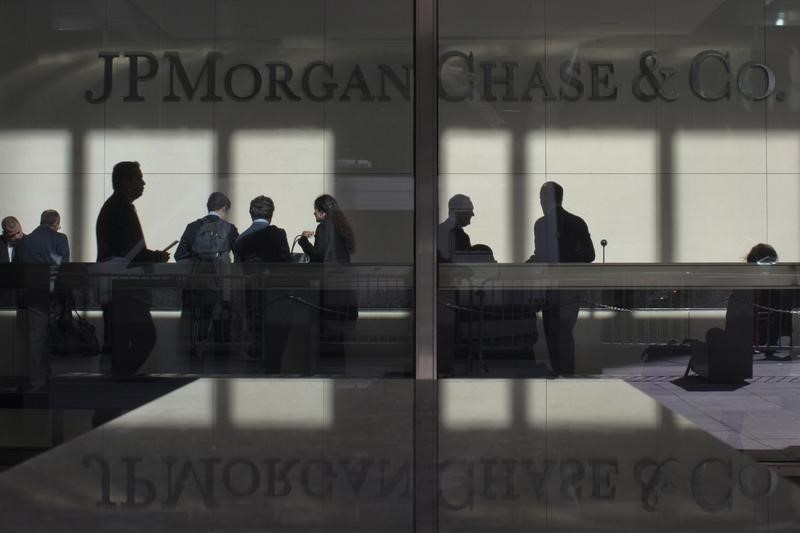JPMorgan (NYSE:JPM) quant strategists released a model assessing the fair value of the S&P 500 in a scenario where macroeconomic volatility increases to levels seen before the pandemic.
The analysis indicates that if macro volatility stabilizes at higher rates, the fair value for the S&P 500 would be around 4,320.
This is a contrast to the current fair value estimate of approximately 4,925, which assumes markets overlook the post-pandemic increase in real GDP and inflation volatility.
The model suggests that, unlike bonds, policy rates do not directly impact the fair value framework for equities. However, a prolonged environment of high policy rates could disrupt the low macro volatility seen in the past year, influencing the S&P 500's valuation.
For instance, if inflation volatility moves to around 1%, and real GDP volatility to close to 2.2%, it would result in a lower fair value estimate for the index.
For bonds, JPMorgan's long-term fair value framework for real 10-year U.S. Treasury yields indicates that current real yields of around 2.1% are aligned with economists' baseline predictions.
These include expectations of 75 basis points in Federal Reserve cuts by year-end, a slowdown in the pace of quantitative tightening from June, continued moderation in inflation volatility, and a fiscal deficit funded predominantly by bond issuance for the remainder of the year.
If the Federal Reserve does not implement cuts by the end of 2024, the model projects real yields could rise to 2.4%.
Conversely, if a higher-for-longer environment aids the disinflation process, a gradual moderation in inflation volatility towards a 1% level could reduce 10-year real yields by approximately 60 basis points over the next couple of years, all other factors being equal.
